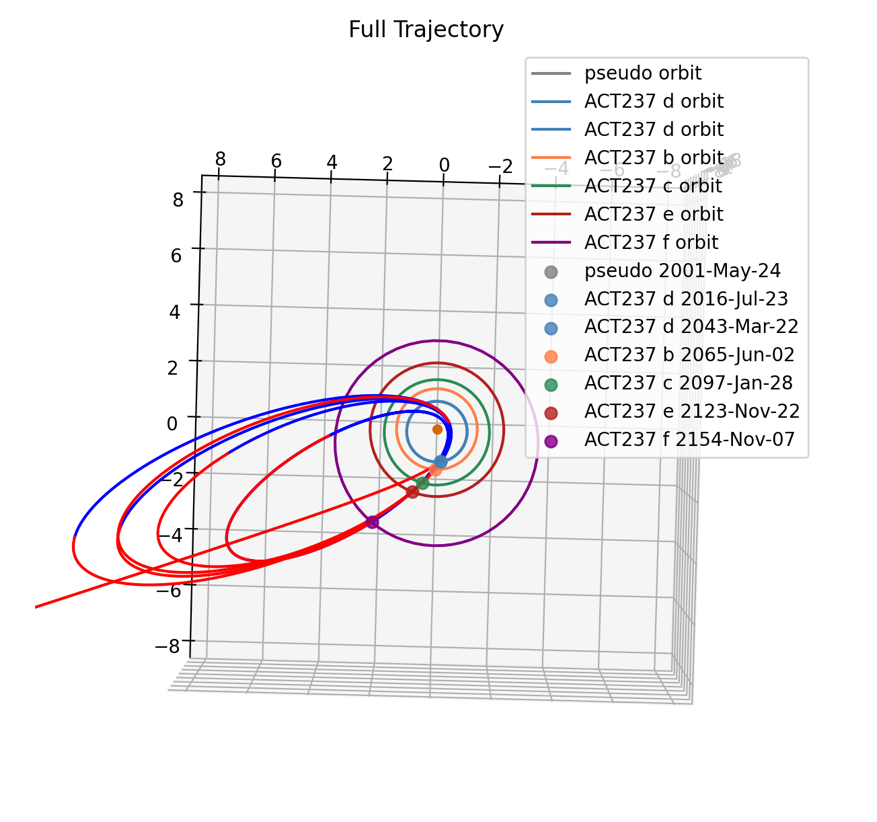Autonomous exploration of an exoplanetary system in the context of a robotic interstellar mission
Project overview

In the past few decades the number of known exoplanetary systems has exploded, with several of them containing Earth-like potentially habitable exoplanets. As detection capabilities continue to improve, the number of such systems is expected to increase. If and when interstellar travel becomes a reality, such planetary systems will be prime targets for in-situ robotic exploration.
A robotic spacecraft arriving in the target exoplanetary system to explore will suffer from a limited previous knowledge of the target system as well as extreme limitations in communicating with the Earth. Upon arrival to the target system, the spacecraft must therefore calculate autonomously the trajectories to explore the system in a fuel and time optimal manner. These calculations must also take into account uncertainties in the exoplanetary system, such as in the size, orbits, and scientific interest of each planet.
With these objectives in mind, ESA’s Advanced Concepts Team (ACT) is focusing on the problem of planning for what happens upon arrival at the target system. In particular, the team is investigating the use of methods from trajectory optimization and artificial intelligence that could be used onboard an autonomous robotic spacecraft to plan the exploration, through flybys, of the exoplanets in a system, while accounting for uncertainty in the available data of such far away and yet unexplored worlds.
By investigating this futuristic thought experiment, we further expect to advance state-of-the-art trajectory optimization methods to be able to deal with uncertainties, and work towards a robust automated process for the design of complex trajectories.
References
- Dario Izzo. (2016, November 24). esa/pykep: (Version 1.3.7). Zenodo. http://doi.org/10.5281/zenodo.168352
- Francesco Biscani, & Dario Izzo. (2020, April 2). esa/pagmo2: pagmo 2.15.0 (Version v2.15.0). Zenodo. http://doi.org/10.5281/zenodo.3738182
- Gijs D. Mulders, Ilaria Pasucci, Daniel Apai and Fred J. Ciesla. "The exoplanet population observation simulator. I - The inner edges of the planetary systems". arXiv preprint arXiv:1805.08211v1, 2018. https://arxiv.org/pdf/1805.08211.pdf
- Ronald J. Litchford and Jeffrey A. Sheehy. "Prospects for interstellar propulsion". AAS 20-068, 43rd Annual AAS Guidance, Navigation and Control Conference; January 30, 2020 - February 05, 2020; Breckenridge, CO; United States. https://core.ac.uk/download/pdf/288485708.pdf